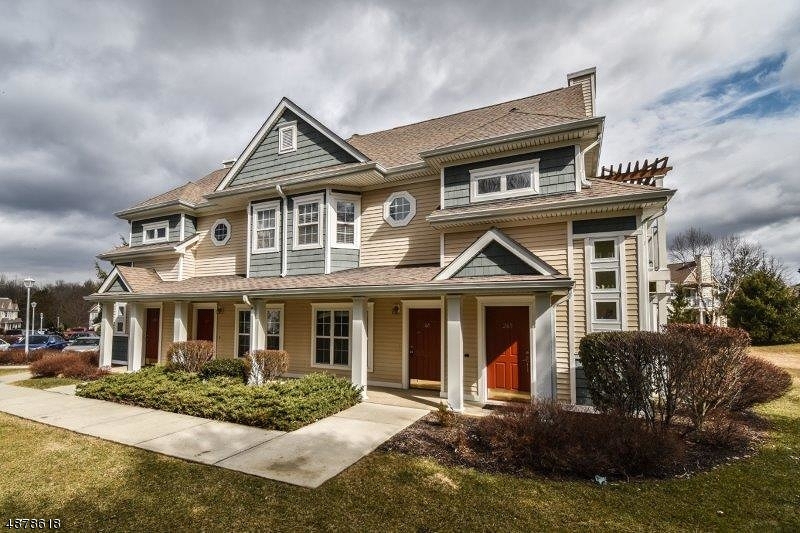2. Retrofit Certification
April 12, 2022
Most people associate sustainable housing with the fantastic new constructions they see in Grand Designs. However, beginning from nothing is not always the most sustainable choice; sometimes, thegreenest thing to do is work with what is already there.
A sustainable house has as little detrimental influence on the environment as possible. This entails conserving energy, avoiding environmental contaminants, and responsibly utilizing materials and
resources while having a beneficial physical and psychological impact on its residents.
Retrofitting is defined as the modification of existing structures such as residential buildings, bridges, and historical structures to make them resistant to seismic activity such as earthquakes, volcanic eruptions, and other natural catastrophes such as landslides, tsunamis, floods, and thunderstorms.
Retrofitting can be a Saviour for the homes that must be converted into sustainable housing. Retrofitting older buildings is critical to achieving our net-zero carbon objectives. (Retrofitting – Its Purpose, Importance, Types, Advantages & Disadvantages, n.d.)
Retrofitting can be a saviour for the homes that must be converted into sustainable housing. Retrofitting older buildings is critical to achieving our net-zero carbon objectives.
Many environmental elements that occur around the building have an influence on building structures throughout time. The most devastating of these variables is an earthquake, which disrupts the interior structure of the building, causing it to progressively lose strength and stability. As a result, the structure is rendered unfit for future usage and may result in huge loss. Retrofitting has risen to prominence as a component of the endeavor to make structures more efficient, effective, and practical. This can assist reduce fossil fuel byproducts, make structures less expensive and easier to run, and contribute to combating inadequate ventilation and wet concerns, so improving the overall situation. It may also increase building adaptability, solidity, and flexibility. (Retrofitting – Its Purpose, Importance, Types, Advantages & Disadvantages, n.d.)
Reduce Air Leaks
Air leaks lose energy by allowing hot and cold air to escape from your structure. Install high-performance windows and doors, solar shading devices, and wall and ceiling insulation with a retrofit. These features can help you save energy rather than waste it all year long by preventing air leaks.
(Retrofitting – Its Purpose, Importance, Types, Advantages & Disadvantages, n.d.)
Manage Water Efficiently
Water may power your building's cooling, plumbing, or cleaning systems. Whether you require a tiny or large amount, it is critical to conserve water while meeting your requirements. An energy-efficient water consumption system with monitoring can be installed in a sustainable retrofit building. It helps to observe how much water you're consuming in real-time and adjust as needed. It also helps to convert a building with a recyclable water system to further protect this natural resource.
Improve Indoor Air Quality
We all are aware that the Indoor allergens have great impact on the wellbeing of people and their daily performance in work. Retrofitting can contribute to enhancing indoor air quality and eliminating environmental toxins. (How Retrofitting Increases Sustainability, n.d.)
Utilize Space Efficiently with Sensors
Installing sensors to collect data on occupancy. The lighting and HVAC systems will then change automatically based on usage. This function can help you save money by lowering the building's energy use. You may also use this information to determine which places you could reuse to reducetrash. (How Retrofitting Increases Sustainability, n.d.)
Monitor Energy Efficiency Performance in Real-Time
Add smart meters to your retrofit building plan rather than wait until utility bills arrive in the mail.Smart water, gas, and electric utility meters can control demand based on occupancy and allow you to see the building's energy usage in real-time from any electronic device on or off the property. This data can be used to monitor and control the use, and other details as you improve sustainability. (How Retrofitting Increases Sustainability, n.d.)







